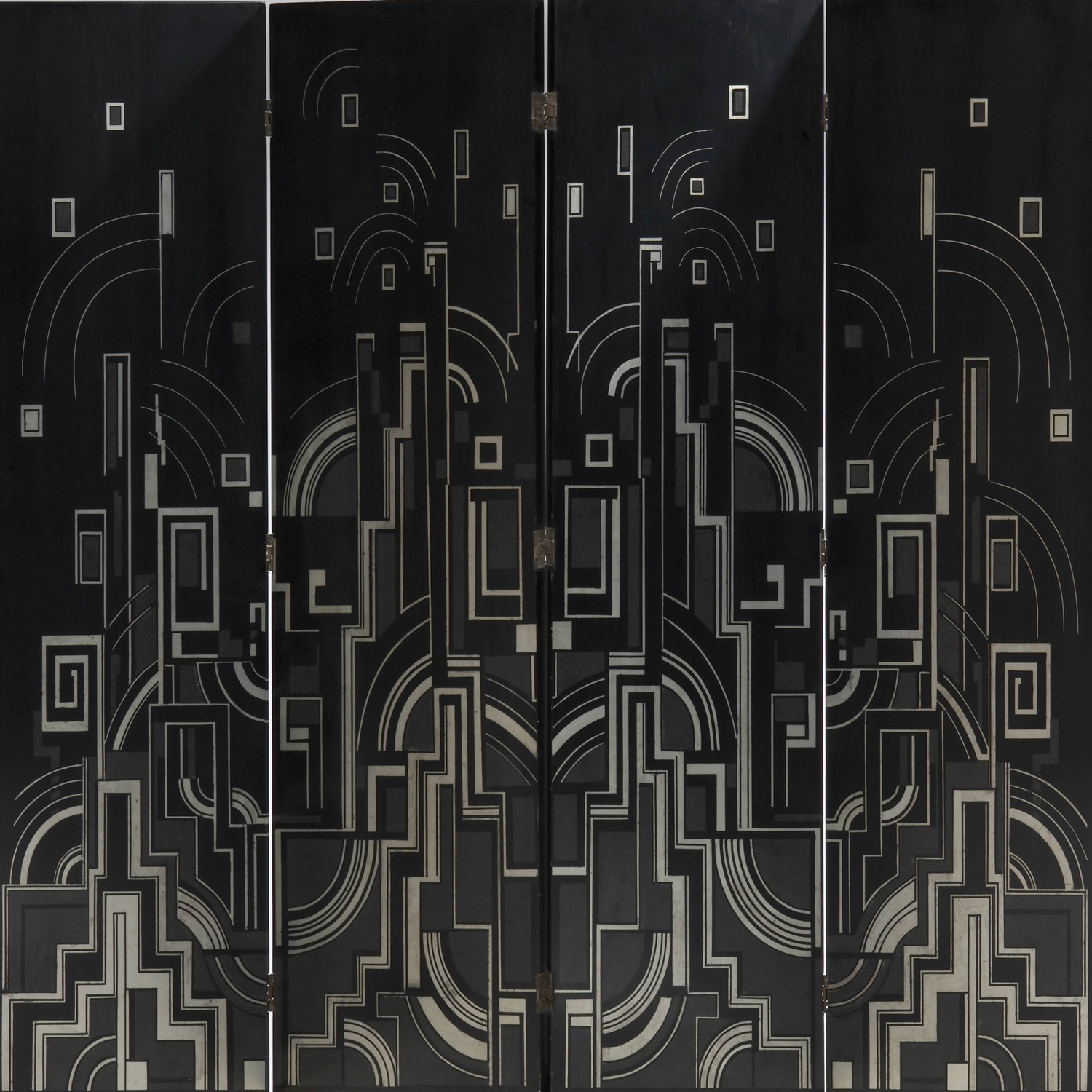Galerie DUMONTEIL New York is pleased to present Splendor of Art Deco, the first solo exhibition in the USA, which is dedicated to one of the most influential interior designers of the 1930’s - Gaston SUISSE.
Pierre Dumonteil is the preeminent expert on 1930s art (20th century), such as Rembrandt Bugatti, Charles Artus, Francois Pompon, and George-Lucien Guyot, and as such, has had the opportunity to study Gaston Suisse’s work and career. Pierre met Suisse’s wife, Gisele, and was able to peer into Gaston’s life, if ever so slightly, through her.
Gaston Suisse is representative of Art Deco lacquered furniture, paintings and drawings. He created his mammals standing out on structured and sometimes geometric backgrounds, similar to aspects of Cubism. Antelopes, in the middle of the river bed, quenching their thirst with a cascade of stylized swirls; or the panthers, with a calm pace, strolling majestically in forests of bamboo, whose shadows are summed up in triangles and black or hatched squares; or the sea lions, passive or in motion, seeking their balance on improbable icebergs or seated on the shores, contemplating psychedelic skies, made of tangles and sinuous curves multiplying to infinity.
This exhibition, and other similar ones in Dumonteil Gallery in China and France, were thought up due to the desire to gradually introduce one of the greatest French artists, prodigiously practiced in the lacquer technique, to art lovers around the world. China, as well as greater Asia, has offered us a legacy of its immense know-how in lacquer, through very ancient cultural and commercial exchanges. It is a pleasure to reciprocate to China and the United States, Suisse’s infinitely respectful use of this ancient material. Gaston Suisse’s works are a subtle blend of aesthetic emotion, deep admiration for technical mastery, and an invitation to dream. For its birds and fishes, themes dear to the Japanese, Gaston Suisse respected tradition while following the canons coming from the Far East.
His compositions in separate plans, his floating bottoms, his frames of foliage or seaweed, and the simplification of the drawings are all marks of his homage paid to his illustrious predecessors. Gaston Suisse, with a graphic line that belonged only to him and a technique of lacquer at odds with “special effects”, obtains the same freshness of feelings as Japanese naturalists and masters of the print, like Ohara Kozon. European art owes a lot to Asian art. From the seventeenth century on, Europe experienced an extraordinary enthusiasm for everything that came from the Far East. For Gaston Suisse, it will be a matter of practicing this ancestral art by modernizing it and reserving it to his own creations with new shapes: screens with clean lines, low tables with double trays, nesting tables, saddles, and ends of cubist sofas, chrome-plated bars, mahogany cabinets, table screens or large single panels for use as a wallboards, storage pockets, cigarette holders, cigar boxes, pill boxes, or simply decorative boxes.
